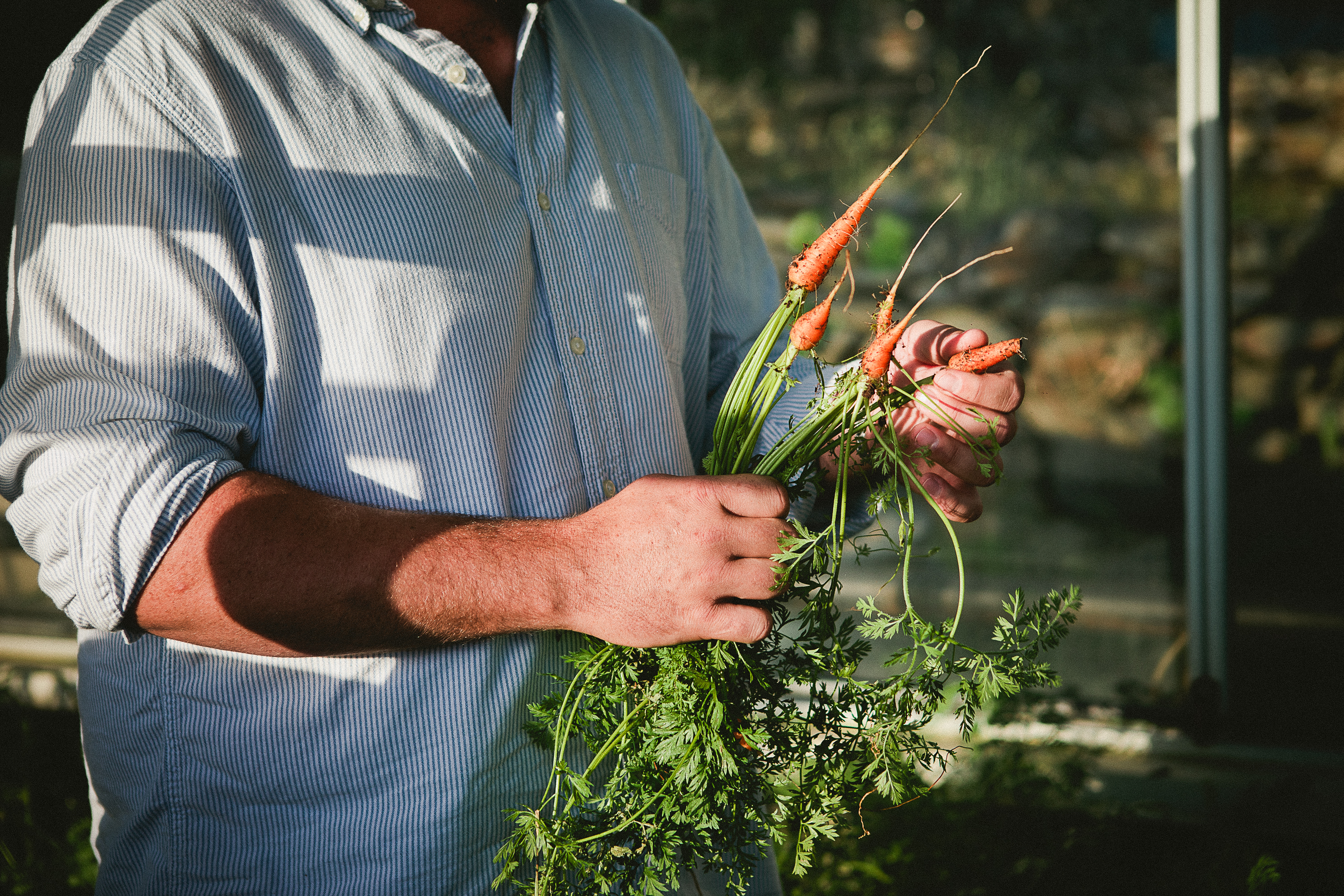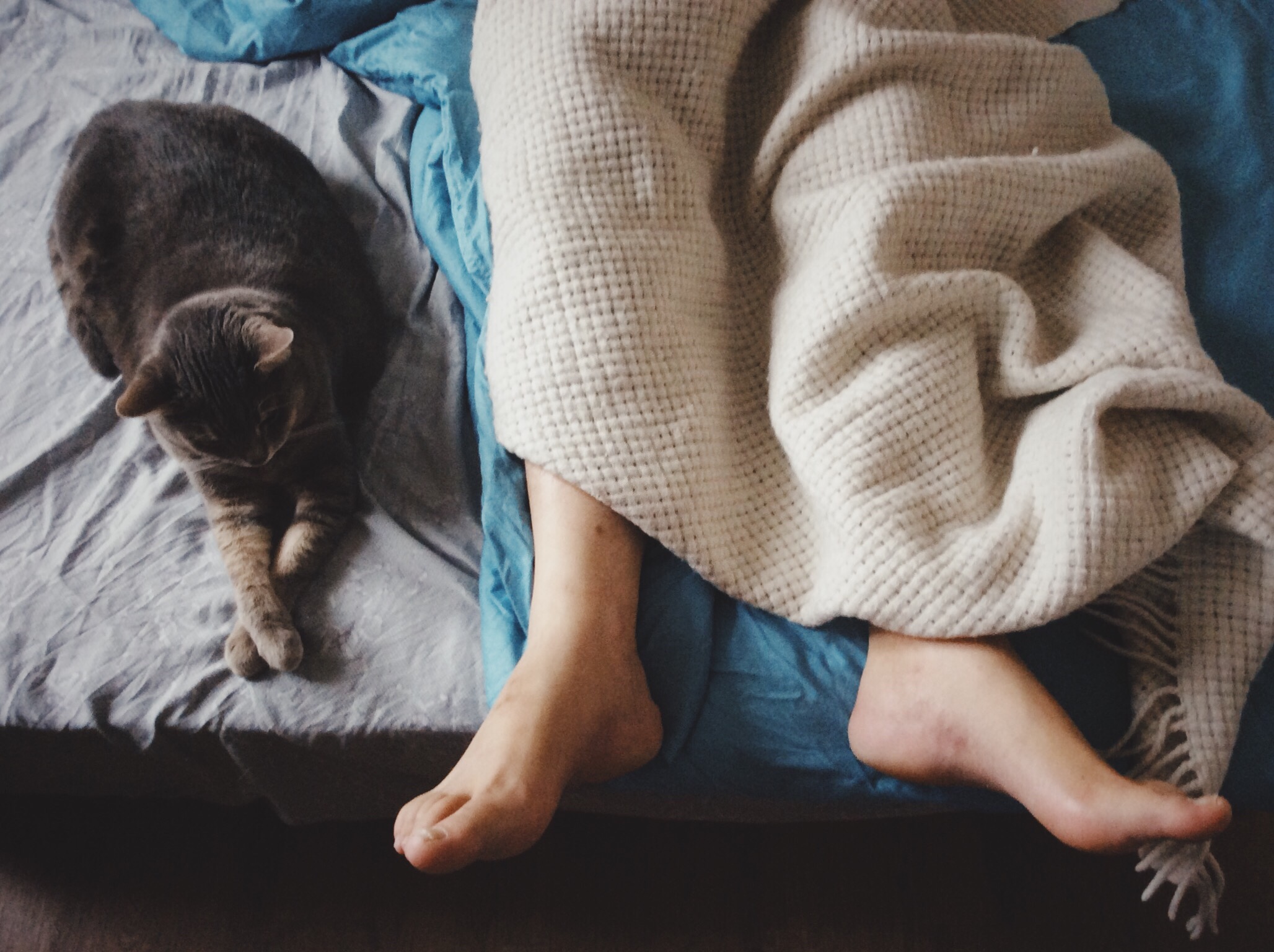7 Steps to Living an Organic Lifestyle

Changing your everyday non-organic habits to organic ones is not only good for the environment, but for your own health and the economy as well. Organic products are far more efficient than non-organic in many ways, but it is hard to achieve an organic lifestyle due to prejudice concerning the cost of the organic food and the people who promote organic ways of living. Since the benefits of an organic lifestyle are becoming more and more evident, here are seven easy steps to follow in order to achieve it.
Start off slowly
Rome wasn’t built in a day and neither is your organic lifestyle going to be. If you change your whole way of living overnight, this may come as a shock to your organism. Also, you might experience health issues at some point, which is why you need to take these changes one step at a time and follow your body’s reactions. There might be a chance that you are allergic to some ingredients, but if you change your whole diet at once, you won’t be able to distinguish which. So, take things slowly, one change at a time.
Visit your local market

Markets are the best places to find organic food. It is most certain that people working in markets grow and take care of their own food, which is a guarantee for you that they are pesticide free and non-processed. A market apple might be less colorful and smaller than a supermarket apple, but that only means it is no GMO and probably tastier. If you don’t have time to visit your local market that often, try going for a monthly supply hunt or look where you can shop online for organic ingredients.
Think non-commercially
Organic living isn’t equal to changing from non-organic food to a healthier organic diet. You need to think organic, as well. This means no commercial clothing, makeup products or skin care, too. For better implementation of an organic lifestyle, try imagining where all the things you buy come from. If it looks like it had to be too processed or artificially enhanced to look as it does, don’t buy it next time.
Exercise
The best thing you can do for your health when making life changes is to slip in a daily exercise plan. Not only is this good for your health, but will consequently be good for the environment, too. Instead of going by bus or car to your workplace, get a bike and get up earlier to get there on time. Start your day with a light morning run that will give you more energy. Walk to work if you live nearby. All these changes will improve your energy levels and save the environment from unnecessary pollution.
Lights out

Earth Hour is not the only time you should be thinking about dimming your lights down. Lights use up a lot of energy that can be saved if we only think about them. Don’t turn the lights on during the daytime because sunlight is better for your sight. Turn off the lights every time you leave the room. If you need only one light bulb for the room to lit up, don’t put three more just because there is room on the chandelier. And always sleep with the lights out. There are no monsters under the bed.
Read online
Reading online saves trees. If you love the smell of books or hate reading through a screen, you can buy used books on the Internet. There is no reason for you to use new paper and contribute to the tree cutting business.
Plant anything

You don’t have to be a gardener to plant a simple mint root in your backyard or on your terrace. At your local florists’, you can find all the information you need to help you grow a simple plant. Once you succeed, it will be much easier to plant another one. If you are planning on having a pet, plants are good for testing your caretaker responsibility.
Implementing these changes might take some time, so be patient. Changing a lifestyle is hard but a brave and noble opportunity to change as a person as well, so don’t miss out on the good things on the way.